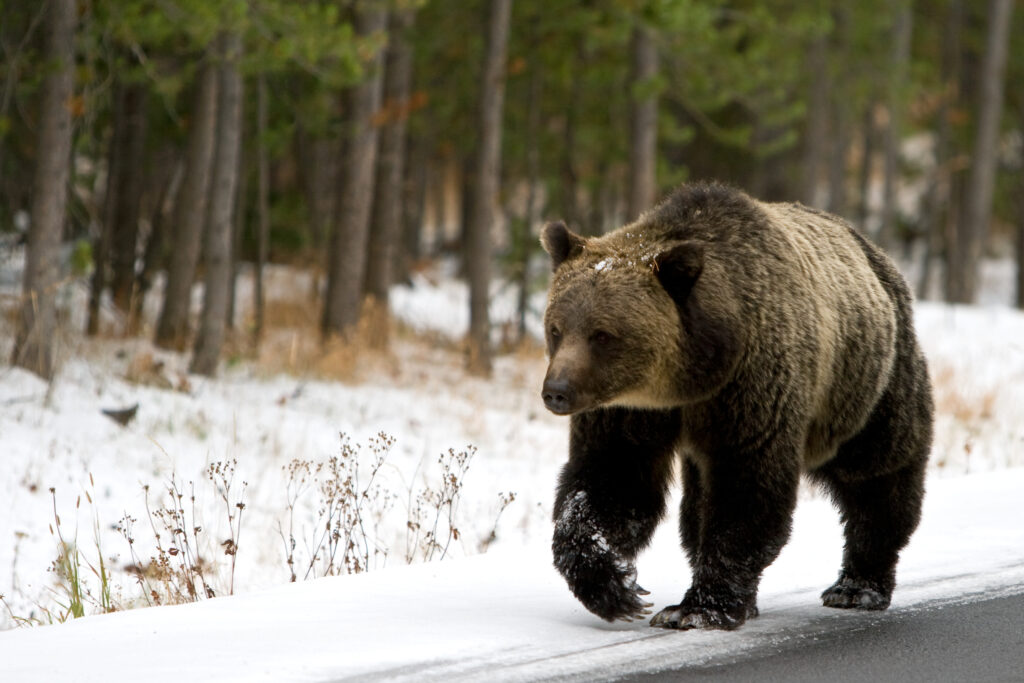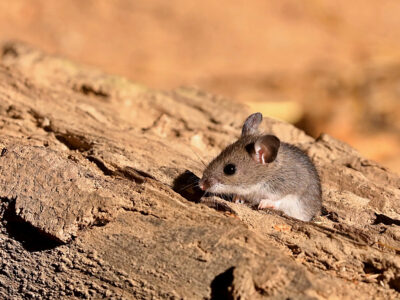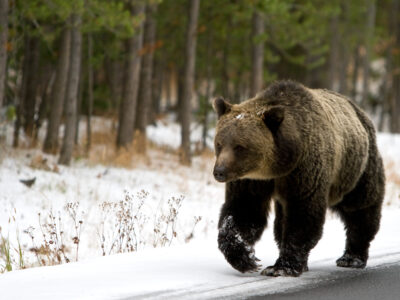The home range of an animal is the physical area where the animal spends its time on daily activities such as obtaining food, seeking shelter, and finding mates.
Summary of Home Range
Animals move around their habitat each day. The area they roam is called their home range. The size of an animal’s home range varies by species. Research has shown this is based on the animal’s need for resources and the characteristics of its environment. For example, if resources are scarce or spread out, the animal may broaden how far it roams.

A jungle cat or jungle lynx typically has a range of 17 to 111 miles.
©Andrew M. Allport/Shutterstock.com
Another factor that affects the size of an animal’s home range is the size of the animal. Smaller animals require fewer amounts of food and therefore have small ranges. For example, a male mountain lion’s range may extend over 100 square miles, while a mouse may do all its daily activities within a 10-foot area. Some animals may even have two places they consider “home” in their home range.
The type of resources the animal needs is also a factor. Animals that eat meat have larger ranges than herbivores (plant-based eaters) of the same size. For instance, the prey of carnivores (meat eaters) is more widely dispersed than vegetation for herbivores. Hence, carnivores must range further to find food.
What Are the Benefits for an Animal?
An animal becomes familiar with the environment by staying in the same location. The animal will know where to find shelter, food, and water. They’ll also know where the danger lurks and how to avoid predators.

A male Grizzly bear’s home range varies from a female. Males may have a range of over 500 miles, whereas a female may have a range of only 150 miles.
©Paul Knowles/Shutterstock.com
What Is the Difference Between a Home Range and a Territory?
An animal’s territory is a smaller area within the home range. Animals will not defend their home range area against animals of the same species, but they will defend their territory.

Female cheetahs live in unguarded home ranges.
©Travelnshot/Shutterstock.com
History of the Term
The concept dates back to 1943 when University of Michigan zoology professor William Henry Burt (W.H. Burt) created maps documenting the movement of animals going about their daily activities.
Scientists map home ranges by tracking animals’ movements over several months or even years. Today, newer technologies in animal tracking provide scientists with more insight than ever before into understanding how animals move.













